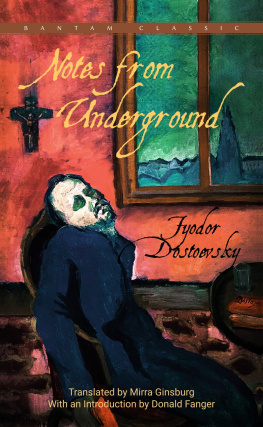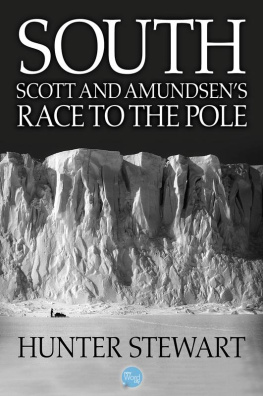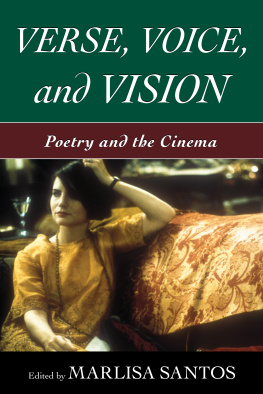Martn Adn
The Cardboard House
The cliffs overlooking the Pacific Ocean are only a ten-minute bus ride away from the dirty, crowded, ash-colored streets of downtown Lima. Beyond the city: the clear tender chasm of the sea. Walking south on the esplanade that winds along the edge of these cliffs, you soon reach the last stretch on the way to Chorrillos, zigzagging, seascape in relief, carved with a knife, a sailors toy. Along the way, you are flanked on your left by the sea that is never glaucous, but instead has pale, colorless zones, lined with the tracks of ducks, full of minute coasts and feeble backgrounds. Scattered here and there along Barrancos esplanade are ancient gardens of fragile roses and dirty and dwarfed palm trees. with one hour of quietude: six oclock in the afternoon.
Continuing in the same direction, you happen upon the plaza of Barranco: there is a pond, trees with bulbous trunks and thorns and bright pink flowers, and a plaster of Paris Eros with a terrible parrot perched on its head. The avenues leading out from the plaza are lined with jacaranda trees that produce many purple flowers. a solemn, old-fashioned, confidential, expressive, gaudy, mindful, family tree. A newspaper vendor stands on one corner, and his Crnica and Comercio newspapers are blown about until the cart threatens to roll backwards. On another street corner stands a pretty native woman with her hard, shiny, damp head of hair a mud carving selling her single cigarettes and chewing gum.
This is the setting geographically of The Cardboard House. To find it in time, we must turn back to the first few decades of the twentieth century when Martn Adn, n Rafael de la Fuente Benavides, spent his summer vacations with his family in what was a slightly seedy but still exclusive seaside resort. When Adn began composing The Cardboard House at the age of eighteen, Barranco for him was also fragments of memory, imagination, sensations, nostalgic yearnings. The resort, as he had known it and his place in it had ceased to exist. His family, aristocratic but in full economic decadence, had sold their Barranco chalet some years earlier to pay off debts.
Biographical information is sparse and anecdotal. Rafael de la Fuente was born in Lima in 1908. By the time he was a young adult, he had lost every member of his immediate family: his younger brother died when they were children; his father, his mother, and finally the aunt and uncle under whose care he had been placed followed soon thereafter. He attended the German High School, where many of his classmates and teachers were or would become leading figures in Perus artistic and intellectual life of the twentieth century.
When The Cardboard House appeared in 1928, it was received with high critical acclaim, published within the warm embrace of a prologue by Luis Alberto Snchez and an afterword by Jos Carlos Marategui. Adn was hailed as a great innovator of Peruvian literature and the most promising young writer of his generation. For several years he moved in Limas literary circles and marginally participated in the political and cultural debates that raged at that time.
Then, the traces of his life fade into an alcoholic haze. There are anecdotes about the coffee houses he visited, the odd scraps of napkin on which he wrote his poems, his increasing isolation, and the long periods of internment in hospitals and clinics of various kinds. He died in 1985, his final years spent shunning all public attention and only allowing visits from his editor, Juan Meja Baca, and a few close friends. During one of the few interviews he ever granted and only after the interviewer had spent years soliciting a meeting, one that Adn cut short after a few questions he said he wrote The Cardboard House to practice the rules his grammar professor, Emilio Huidobro, had given him.
Perhaps the notebook that housed his words was cardboard like those in Miss Mulers classroom.
The Cardboard House is the only prose text Martn Adn ever completed. Some six or seven volumes of poetry were published during his lifetime and this due largely to the painstaking and devoted labor of Meja Baca, who collected the bits and pieces of paper Adn left strewn along his path. He is now considered to be one of the greatest Latin American poets of all time.
I am not wholly convinced of my own humanity; I do not wish to be like others. I do not want to be happy with permission of the police.
The world is insufficient for me.
The Cardboard House is composed of a series of fragments or scenes. Each fragment, and even each image within each fragment, is a world unto itself, vibrating through Adns power of evocation. Most critics have given up looking for any thematic or narrative development, and only the narrator and Ramn his friend, alter ego, and rival could possibly qualify as characters. Adn borrows from Proust, from Joyce, from Gngora but he laughs at himself for doing so, as he laughs at his nation for that native and premature desire that Europe will make of us men. He makes no bones about who he is: a provincial boy in a semicolonial world who experiences the modern world as it is exported to him. Gringos appear right next to Indians. They look, smell, talk, and act differently. This one was an Englishman who fished with a rod. A poet? Nothing of the sort: a travel agent from Dawson and Brothers Ltd. Or Miss Annie Doll. Synthetic milk, canned meat, hard liquor. a red, long, sinewy, mobile thing that carries a Kodak over its shoulder and asks questions that are wise, useless, and nonsensical.
This translation of The Cardboard House was first published in 1990 by Graywolf Press. It has been my good fortune, and delight, to review my younger efforts and make significant though not extensive changes for this edition. In some cases, I have corrected outright errors (and would like to thank Dr. Grace Aaron for pointing out a few), caused by inadvertency or mistaken interpretations; in others, I found what I think now to be a more elegant and truer way to render Adns Spanish into English while retaining, hopefully even more closely, the sense and sound of the original. Coming back to this text twenty years later, I find this small, unique gem from the seacoast of the south shimmering even more brightly, but I now perceive more fully the swirls of darkness that would so overwhelm the poets life.
Included in this edition is a fragment that appeared in a literary magazine, Amauta, in 1927, and then excluded from the whole when it was published the following year.
Also included is Written Blindly, translated in collaboration with Rick London. It is another genre-bending piece written more than thirty years after The Cardboard House. Epistle, poem, autobiographical note: its inclusion here draws an evocative poetic trajectory from the beginning to somewhere in the middle, a trajectory strewn with scribbled scraps: words. As Adn asks: What is the Word / but a vain and varied shout?
KATHERINE SILVER
Winter in Barranco has already begun a peculiar, daft, and fragile winter that might just cleave the sky and let a tip of summer peek through. The mist of this small winter, affairs of the soul, puffs of sea breeze, drizzles of a boat trip from one pier to another, the sonorous flutter of rushing lay-sisters, opaque sounds of Mass, winter newly arrived. Now, off to school with cold hands. Breakfast is a warm ball in the stomach, the hardness of the dining room chair on the buttocks, and the solemn desire in the entire body not to go to school. The frond of a palm tree hovers over a house: flabellate, gently somber, pure, pink, glistening. And now you whistle with the streetcar, boy with closed eyes. You do not understand how one can possibly go to school so early in the morning, especially when there are esplanades and the sea below. But as you walk down the street that traverses almost the entire city, you smell the perfume of distant vegetables in nearby gardens. You think of the lush, wet fields, almost urban behind you, limitless in front of you, between the ash and elder trees, toward the bluish sierra. Barely the outline of the first foothills, the mountains eyebrow. And now you pass through the fields surrounded by muffled beehive sounds of fleeting friction over rails and a flourish of athletic though urban gymnastics. Now the sun grinds to golden a mountain peak and an ancient burial mound, a yellow knoll like the sun itself. And you do not want it to be summer, but rather winter vacation, tiny and weak, with no school and no heat.












